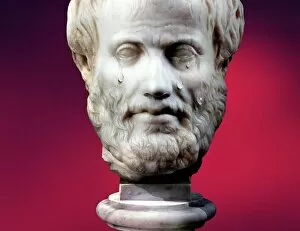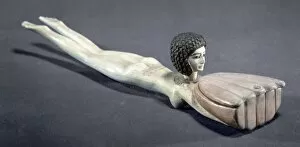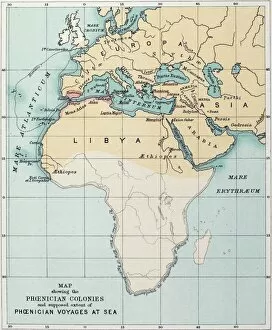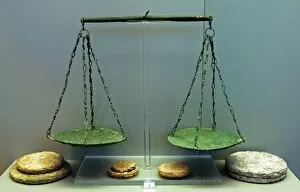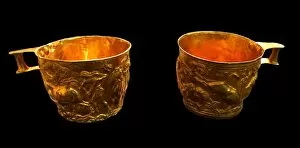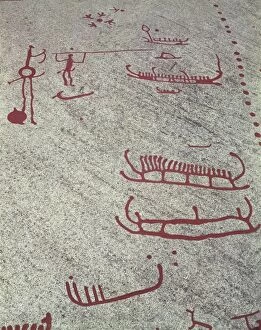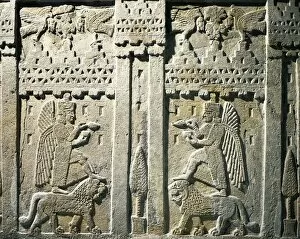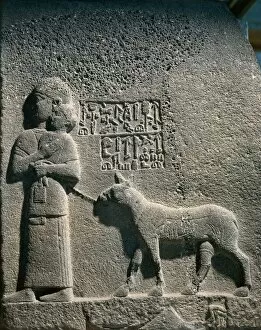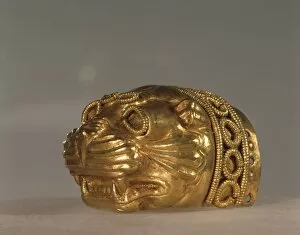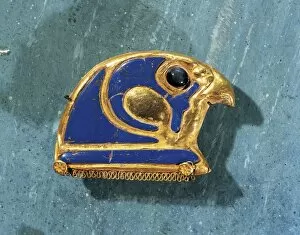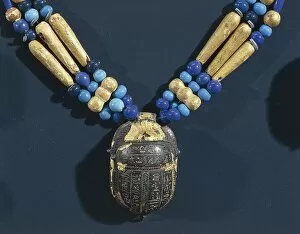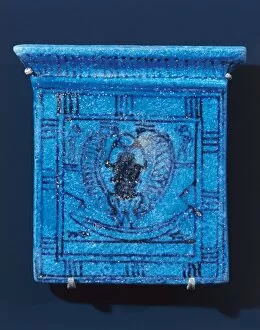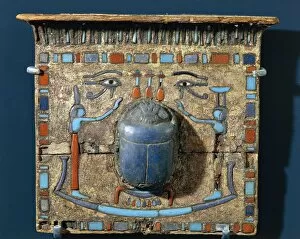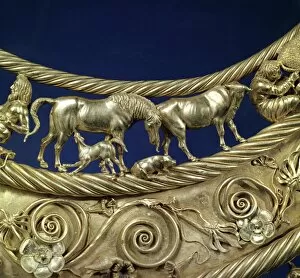1st Millennium Bc Collection
In the 1st millennium BC, ancient civilizations flourished and left behind remarkable artifacts that continue to captivate us today
For sale as Licensed Images
Choose your image, Select your licence and Download the media
In the 1st millennium BC, ancient civilizations flourished and left behind remarkable artifacts that continue to captivate us today. From conceptual artwork depicting Aristotle shedding tears to intricately crafted Hoe Blades from the Neolithic period, this era is a treasure trove of historical wonders. One such marvel is the Curved Dagger-Blade (ge), which originated during the late Shang dynasty and extended into the Western Zhou dynasty. Dating back to around 1200-771 B. C. , these blades showcase exquisite craftsmanship and were likely used for ceremonial purposes or as symbols of power. Another intriguing artifact from this time is a Plaque from the Western Zhou dynasty. Created by an unknown artist between 1045-771 B. C. , it represents a glimpse into their artistic prowess and cultural beliefs. The Funeral Chariot discovered in Siberia, dating back to the 5th century BC, provides insight into burial practices of that era. Crafted out of wood, it serves as a testament to human ingenuity even in somber rituals. A stone Figure of a warrior wearing a helmet and wielding a club speaks volumes about military prowess during this epoch. It stands as evidence of societies' focus on defense strategies and warfare tactics. Handle-Shaped Jade objects also emerged during this period, possibly originating from either the Shang or Western Zhou dynasties. These delicate pieces reflect both aesthetic beauty and symbolic significance within ancient Chinese culture. As we delve deeper into history through these artifacts like Dagger-Blades (ge) or Plaques, we are reminded of our ancestors' creativity, spirituality, and societal complexities that shaped their lives in ways still resonating with us today. The first millennium BC was truly an age where artistry met functionality - leaving behind enduring legacies for future generations to admire and ponder upon.

